OPEN ASSEMBLY
Experiments in Aesthetics and Politics



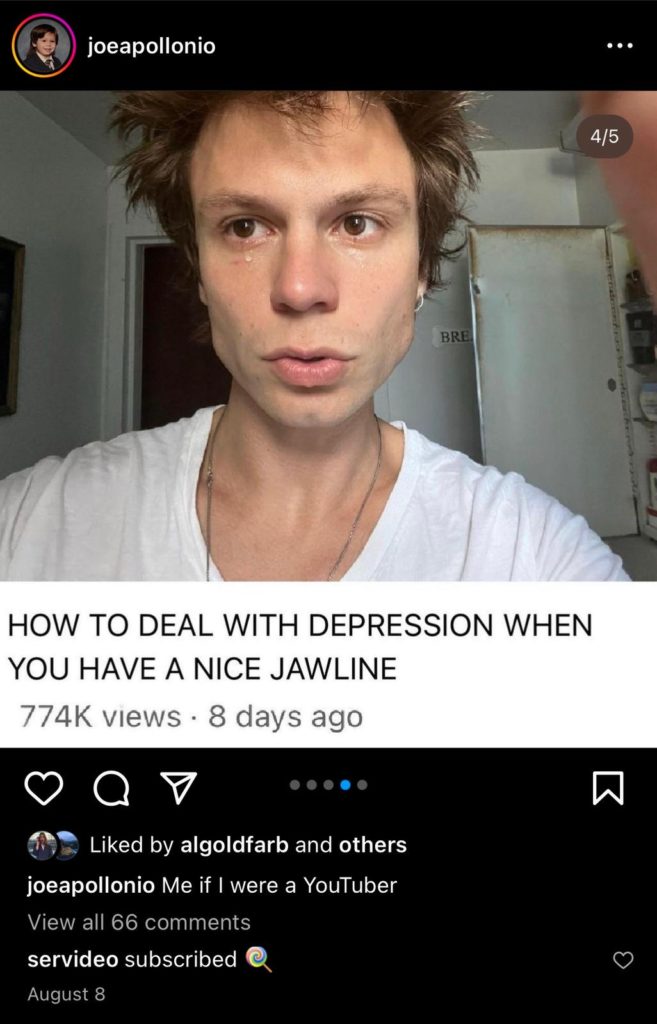



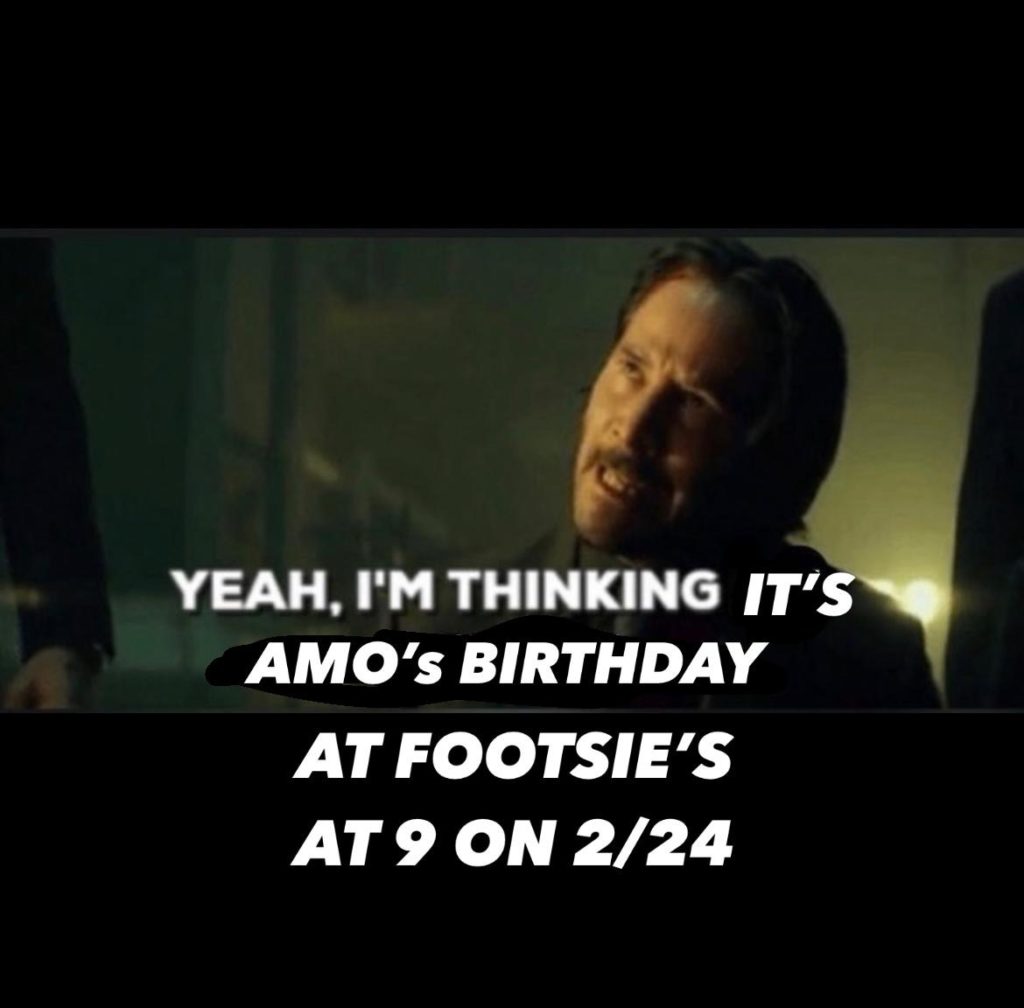
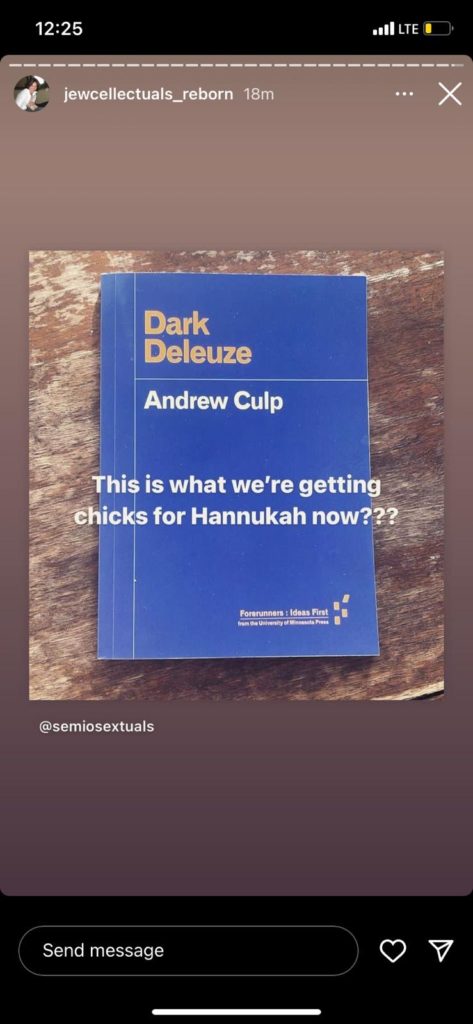
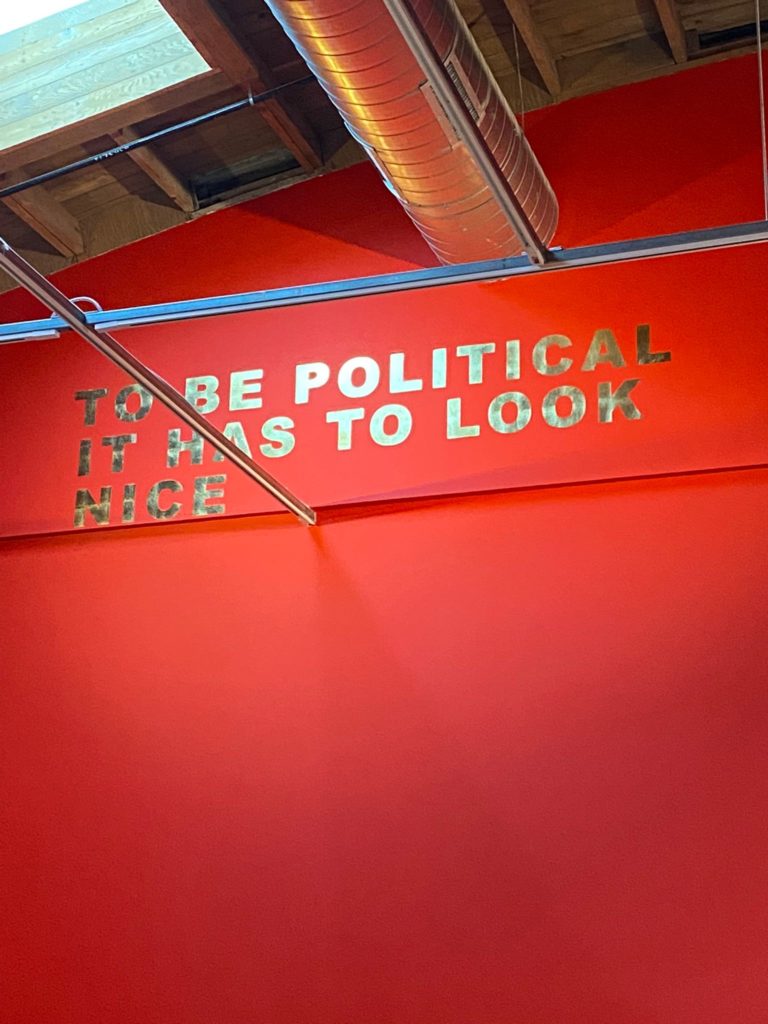
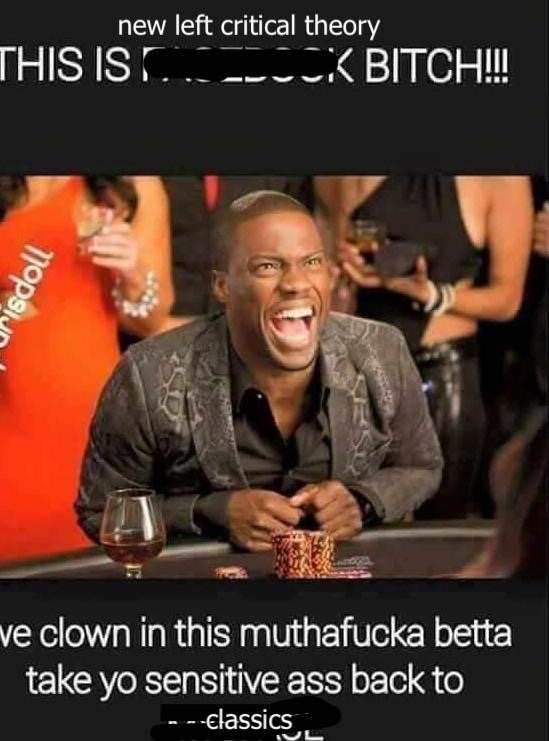
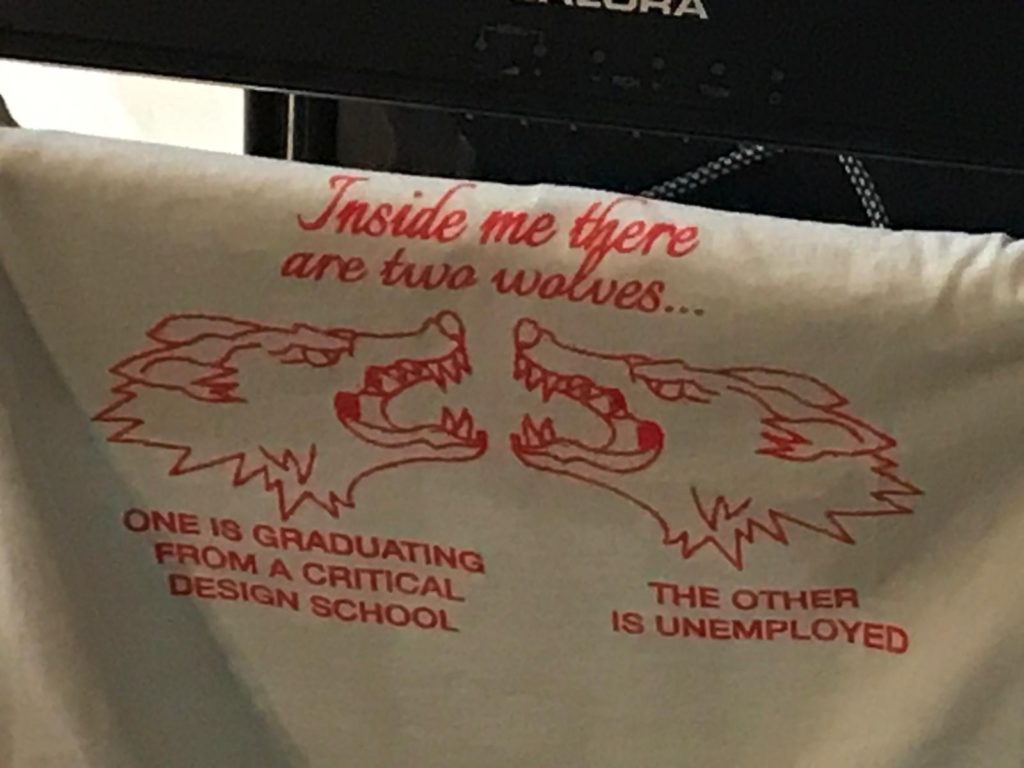
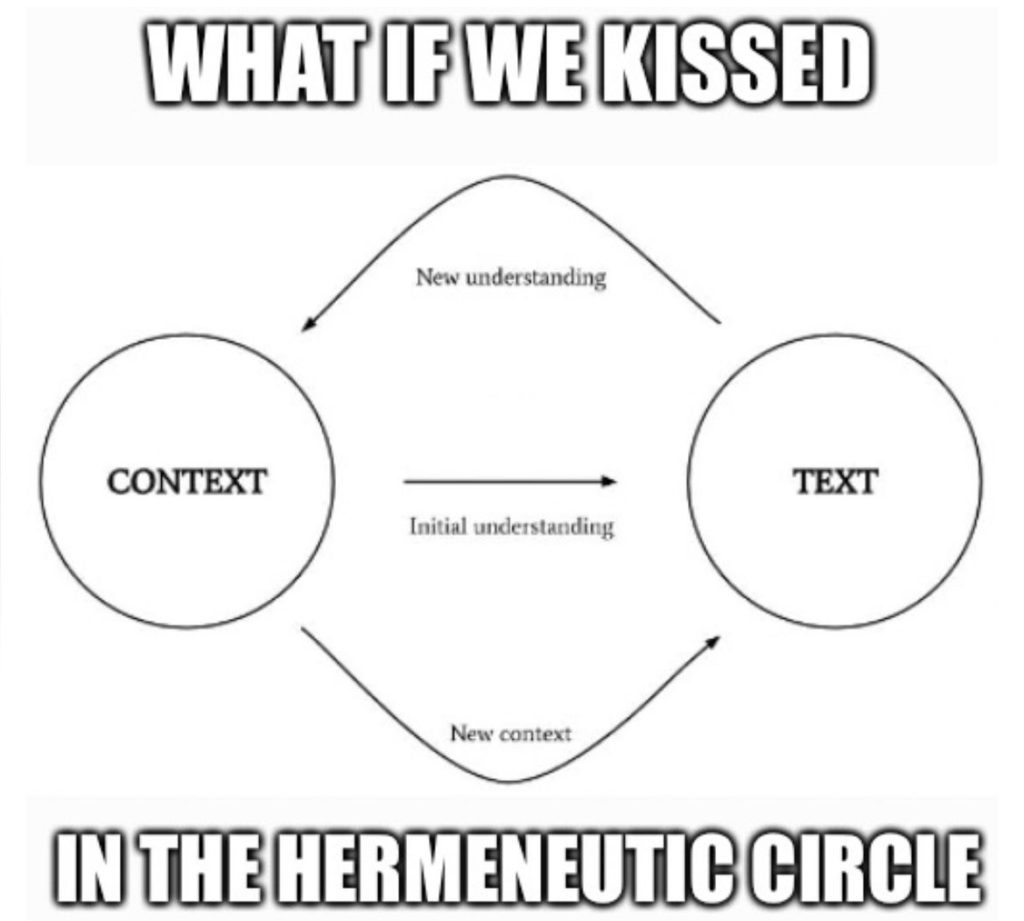

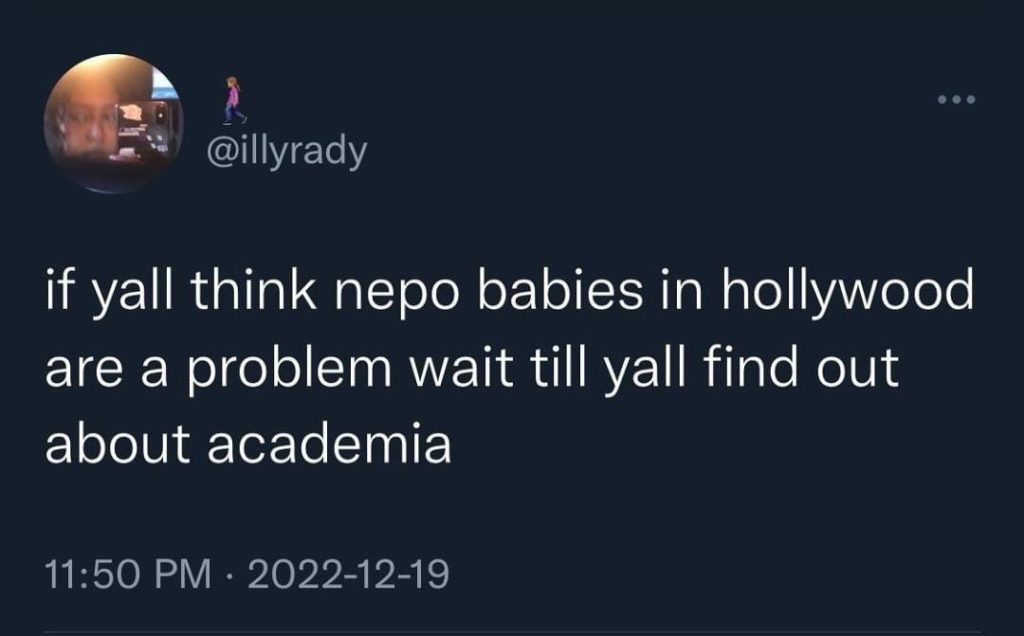
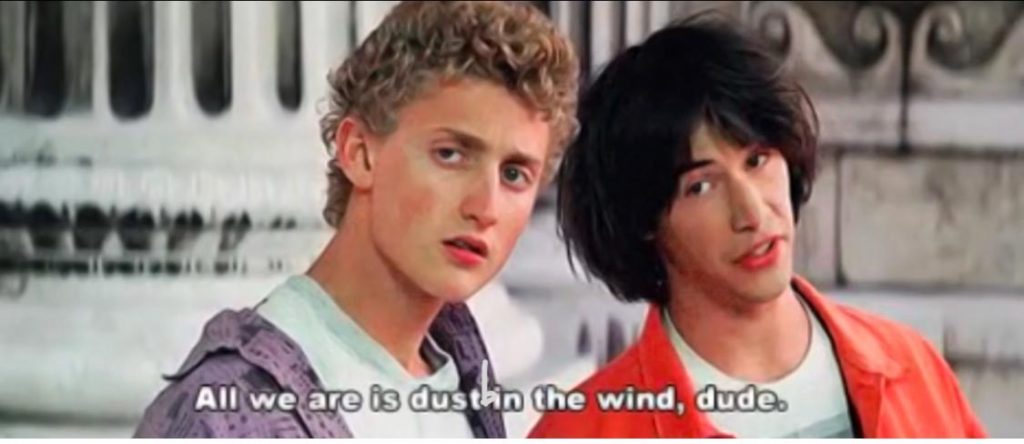


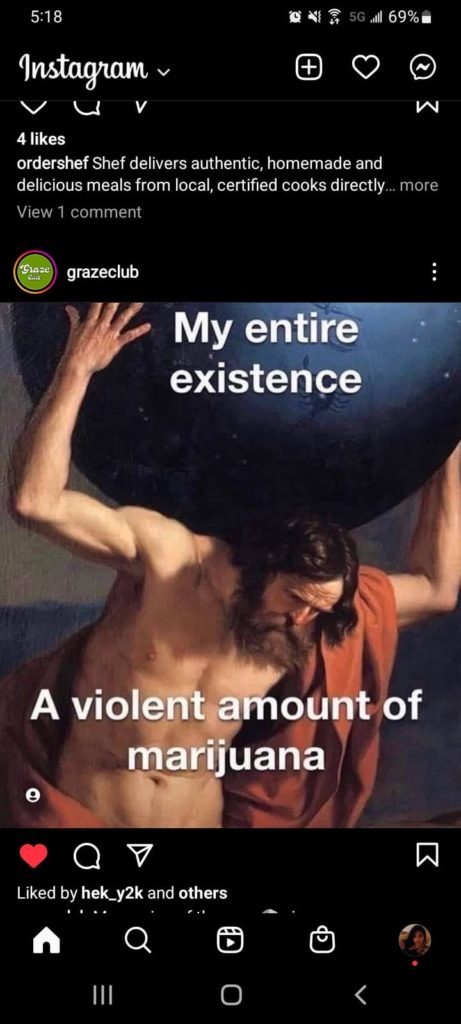
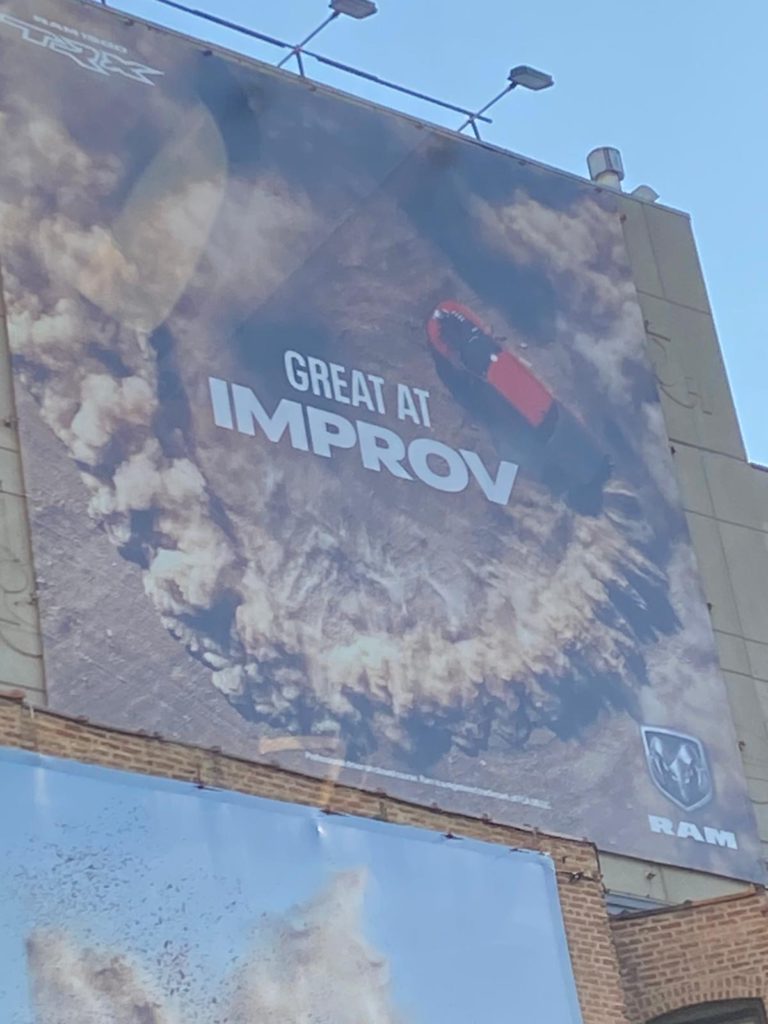
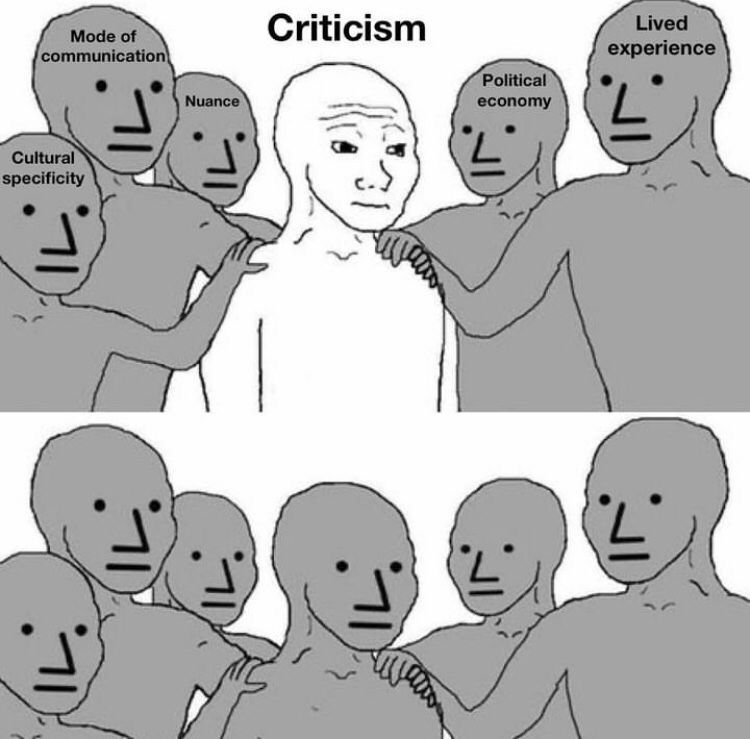
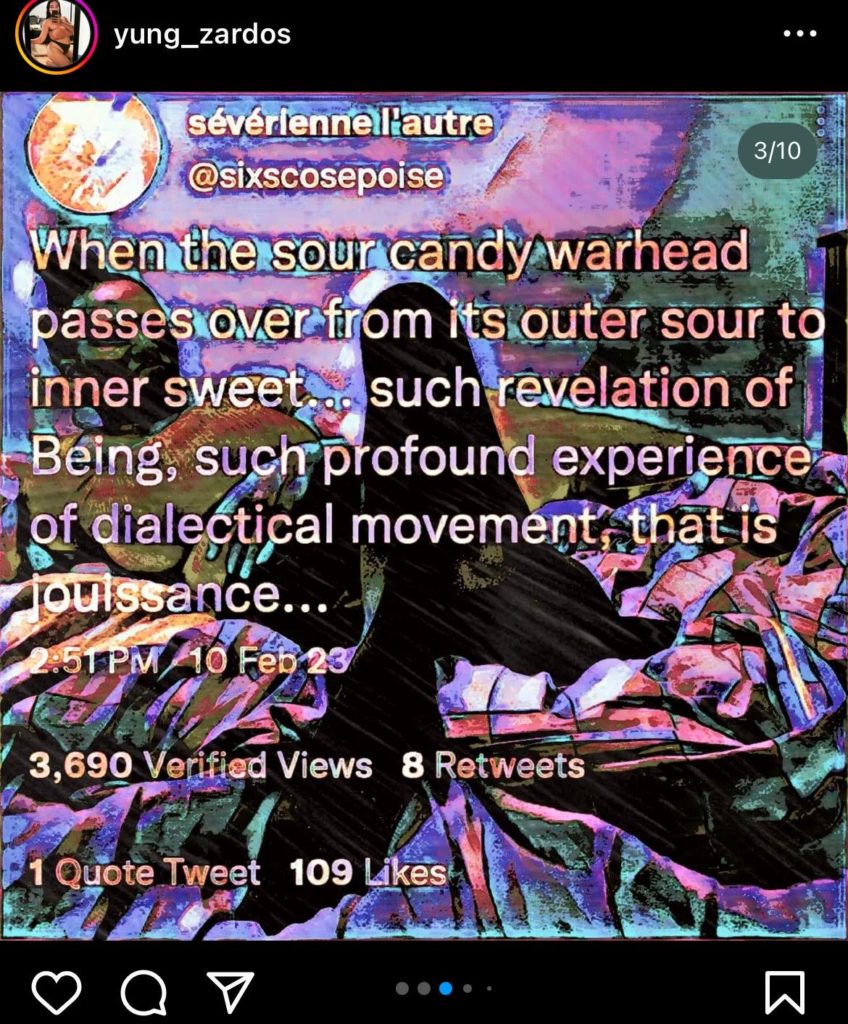
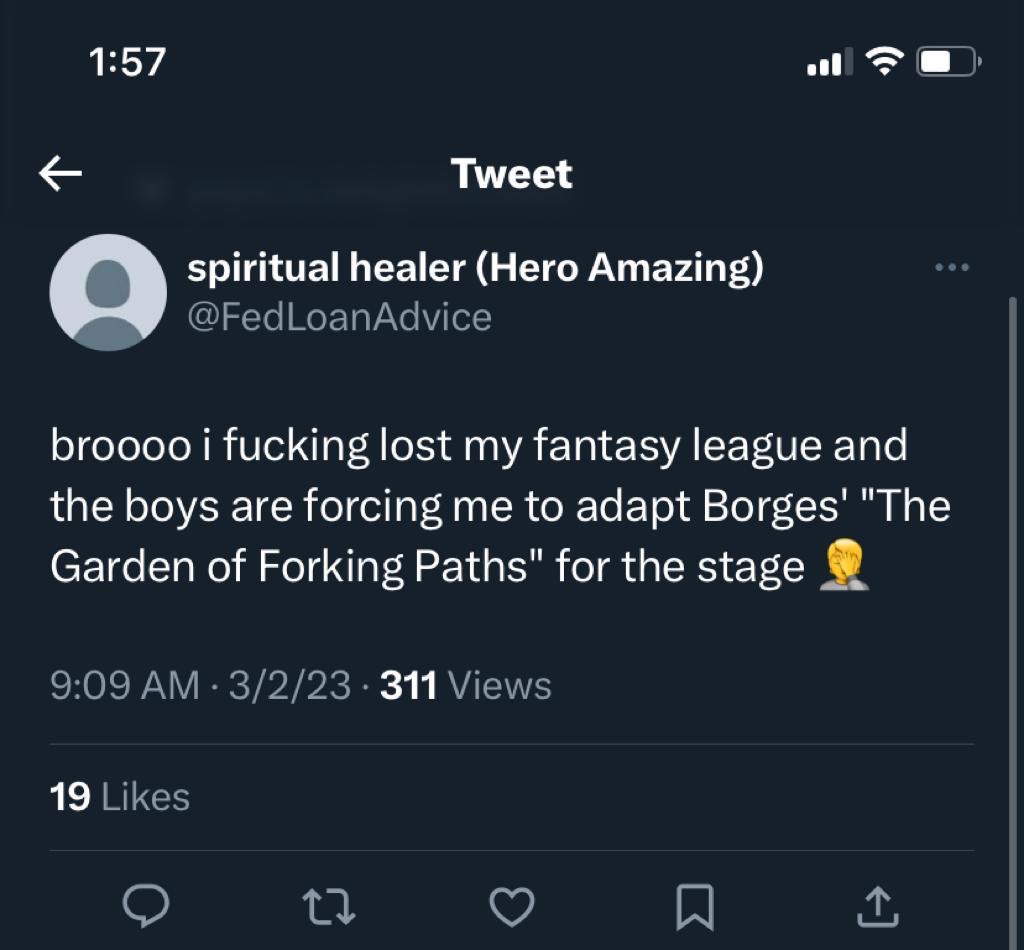
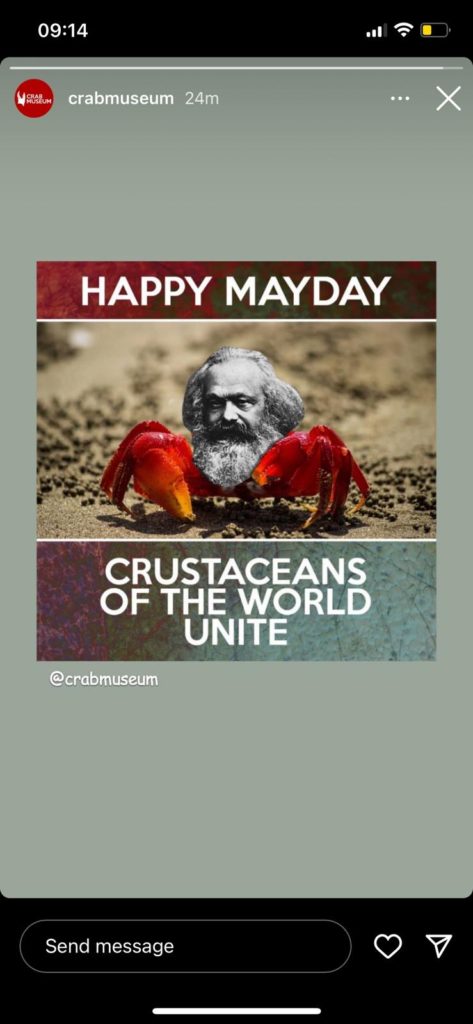


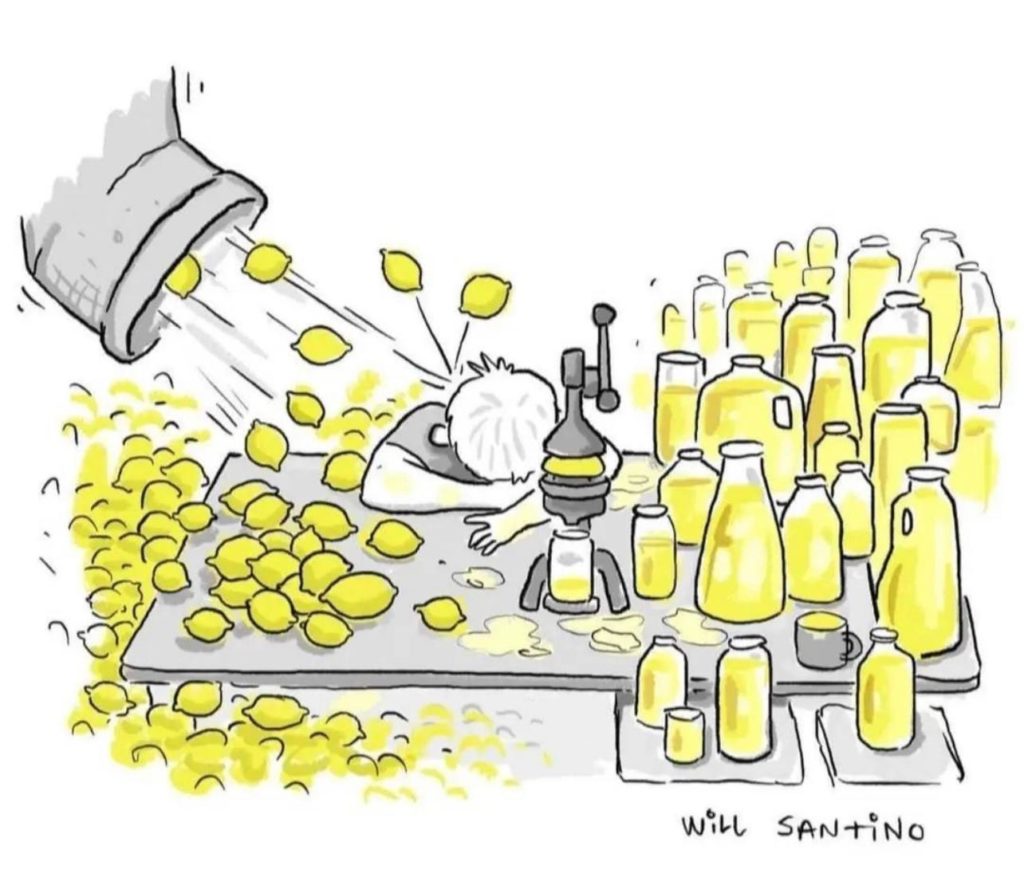
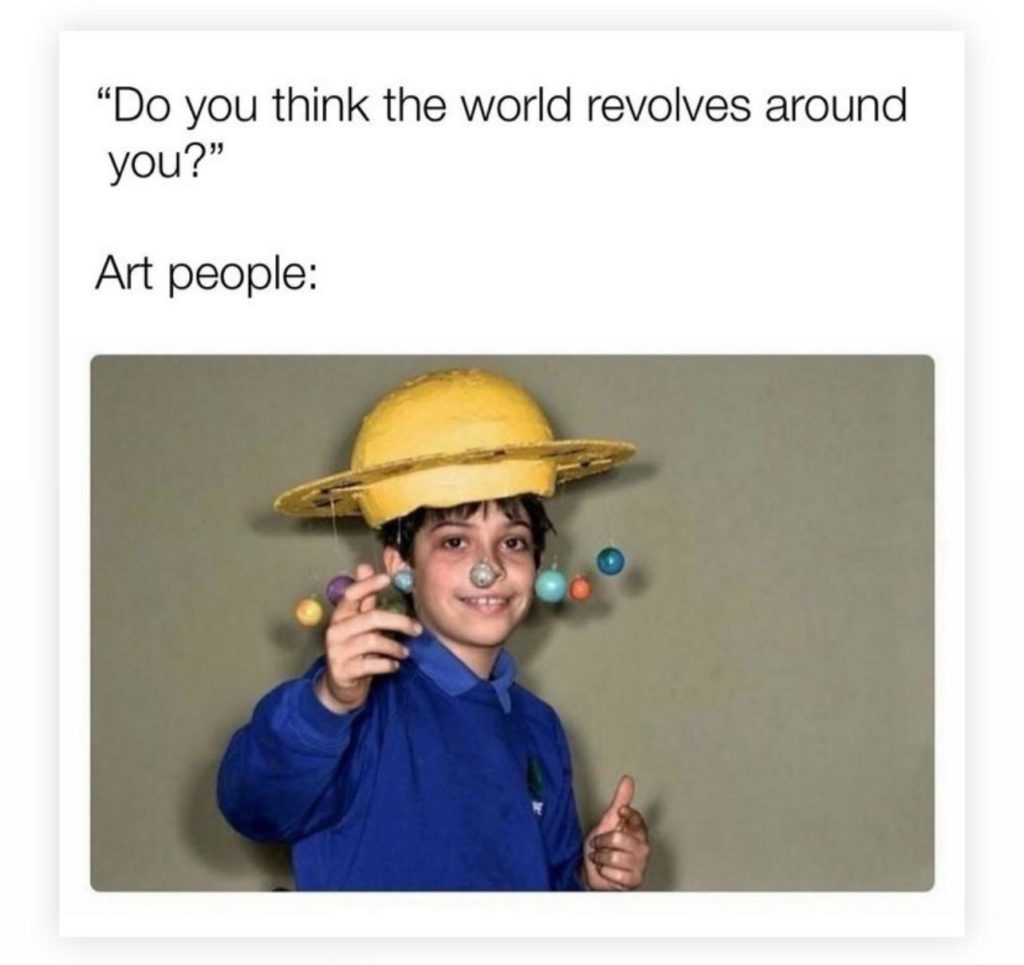
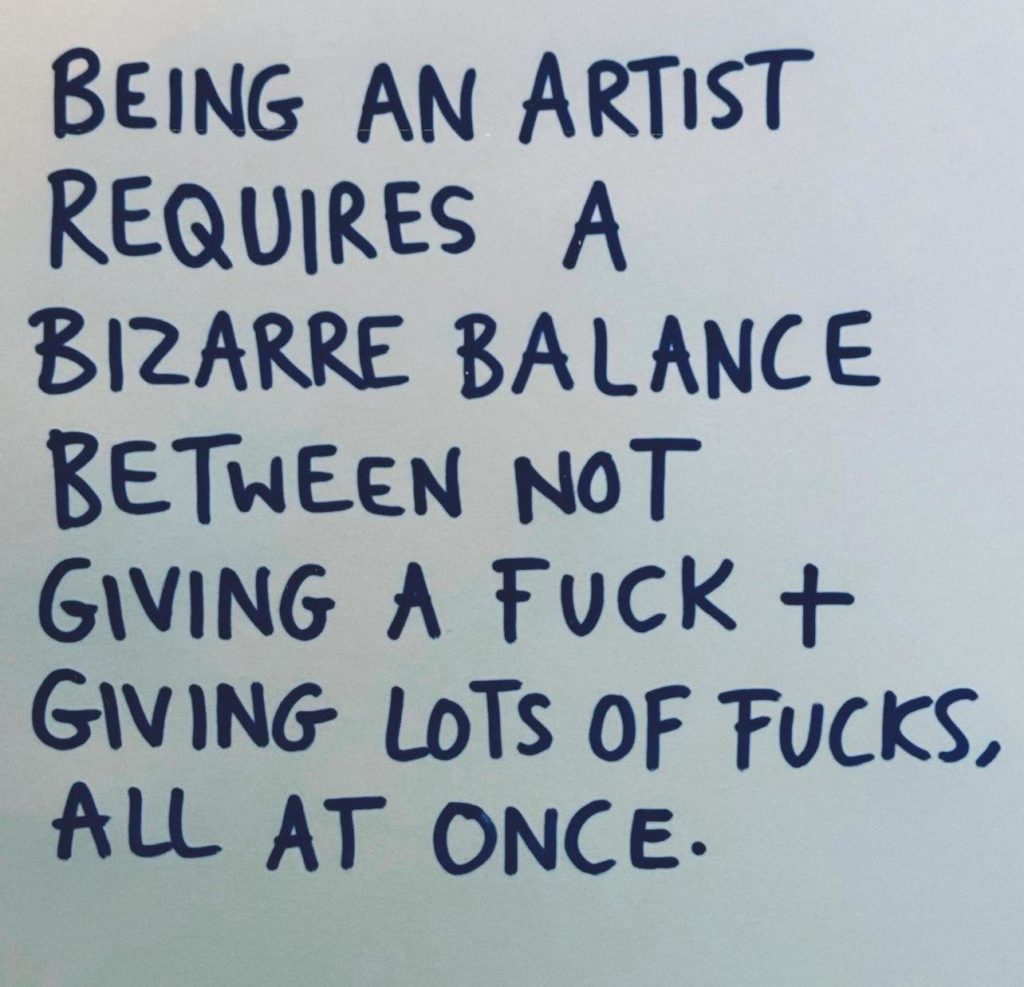

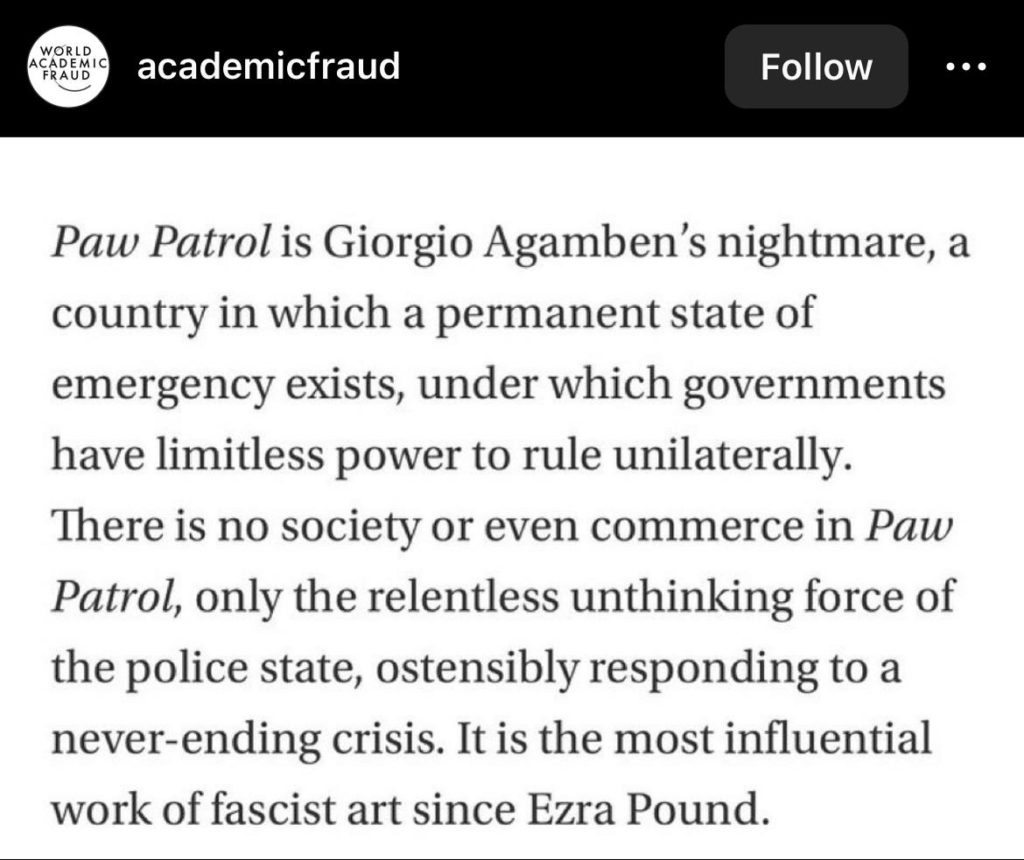

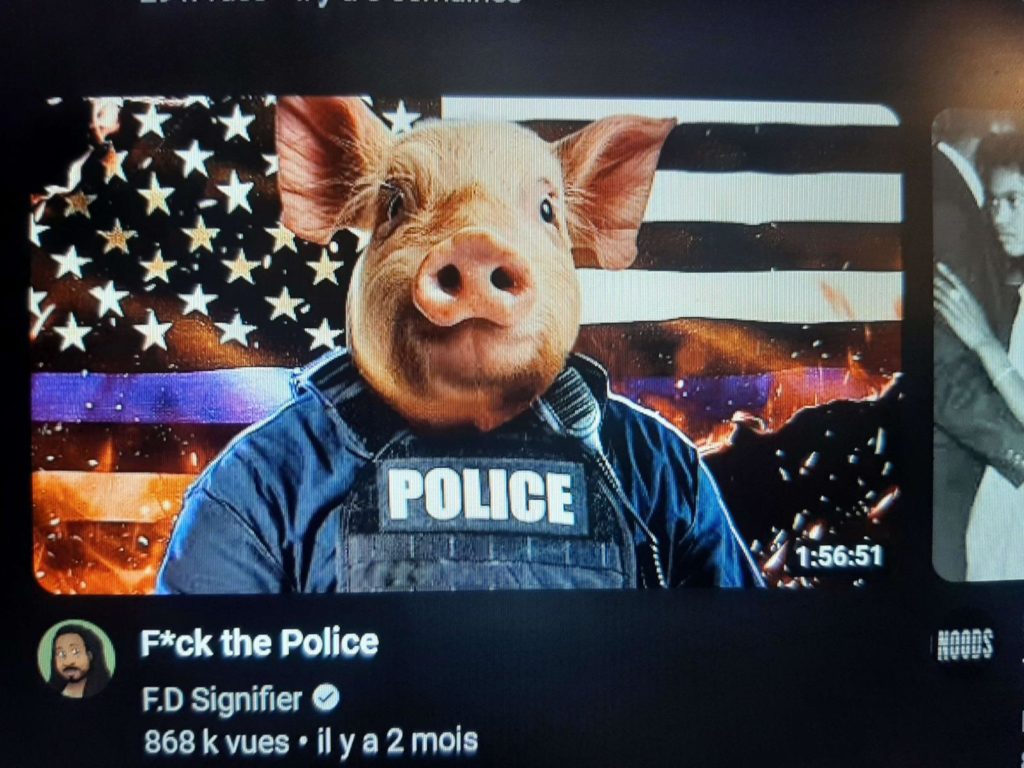
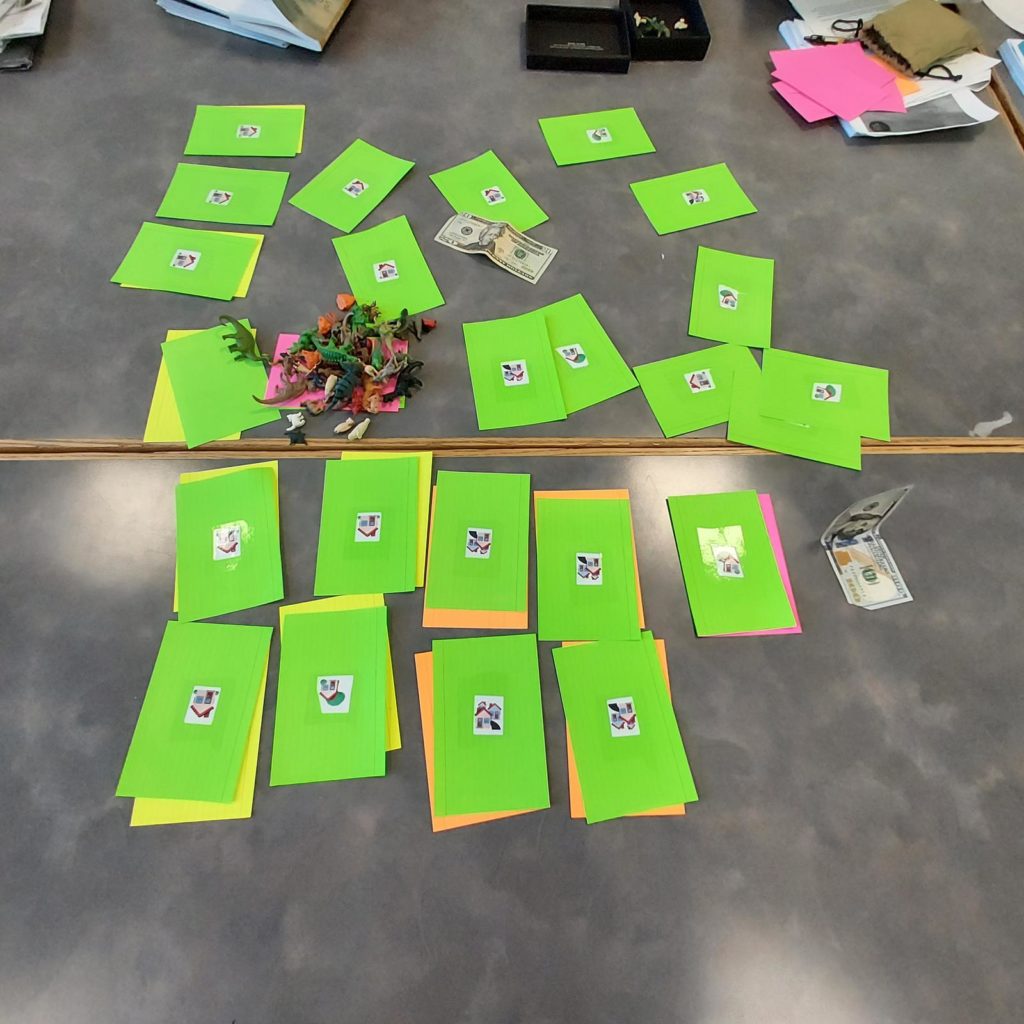
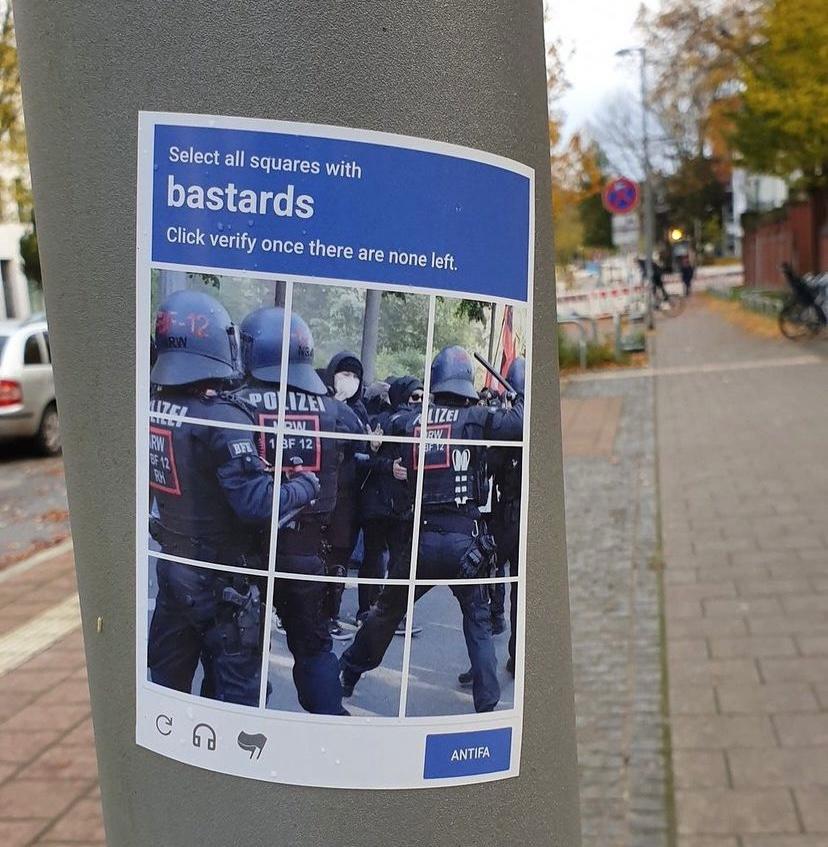
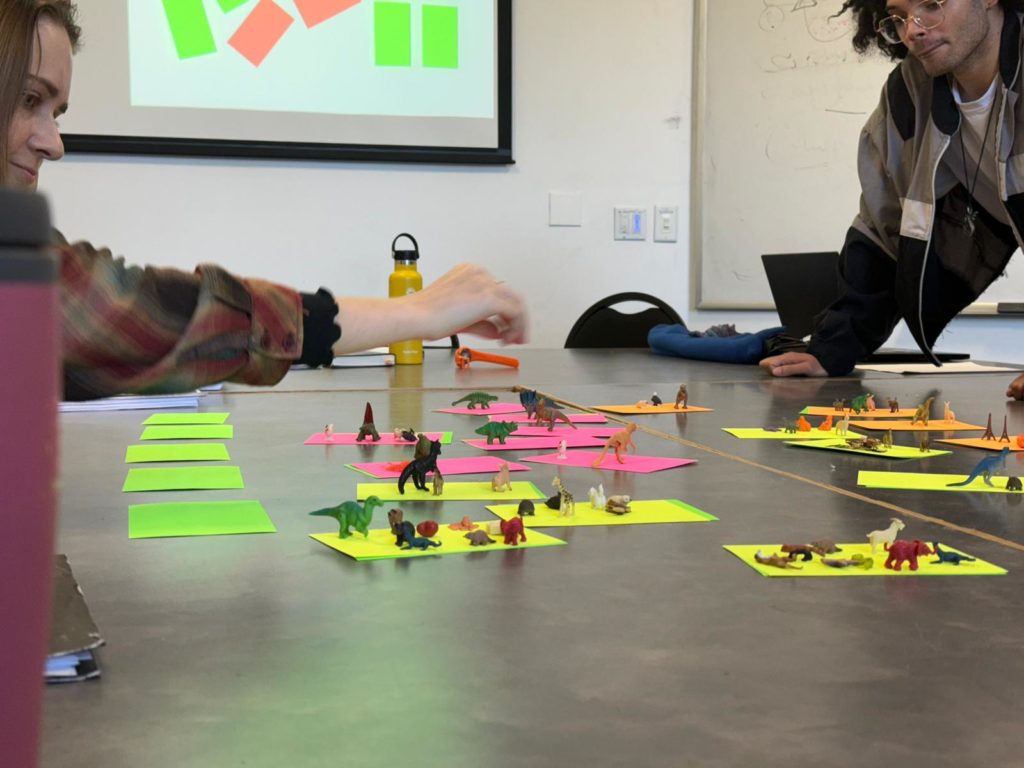
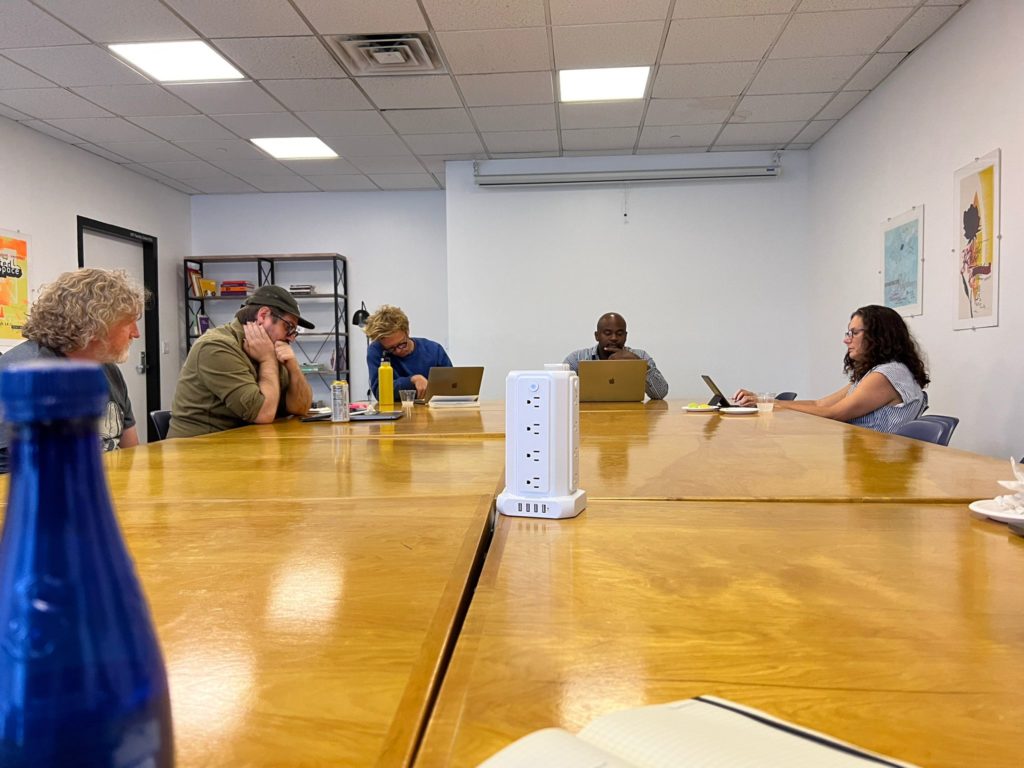
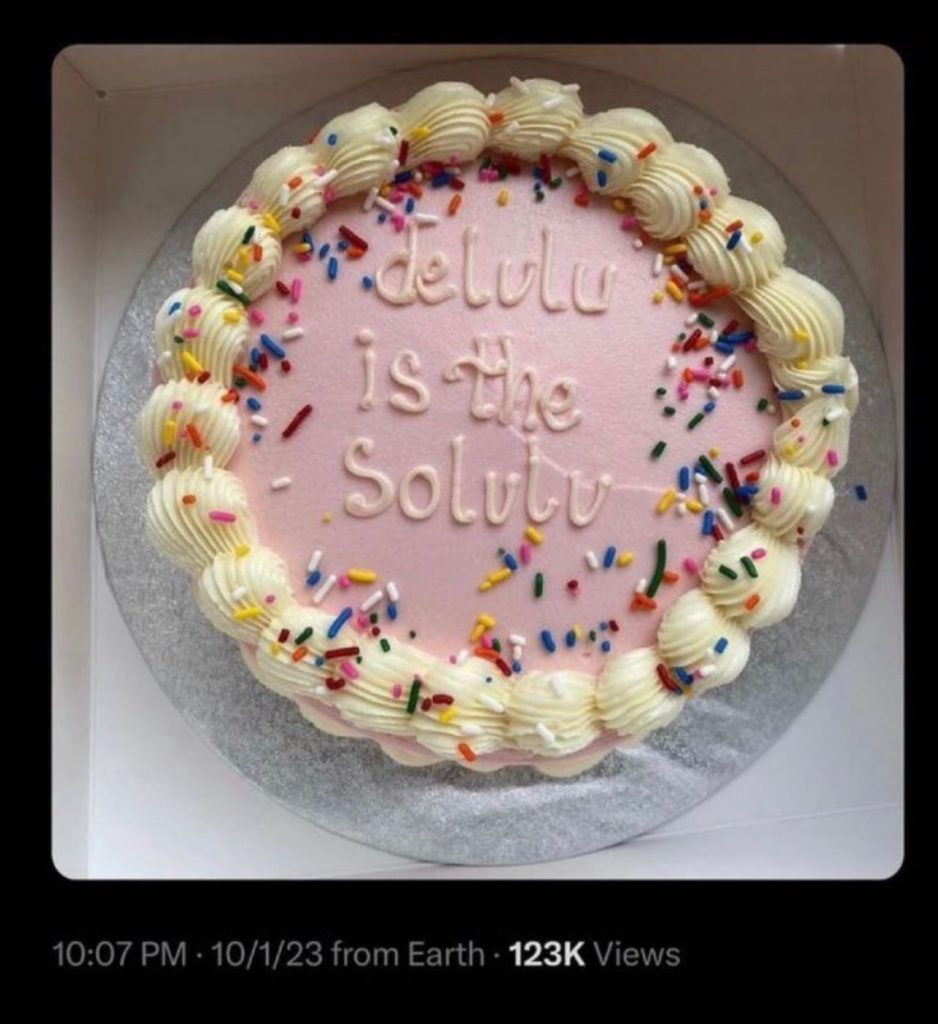

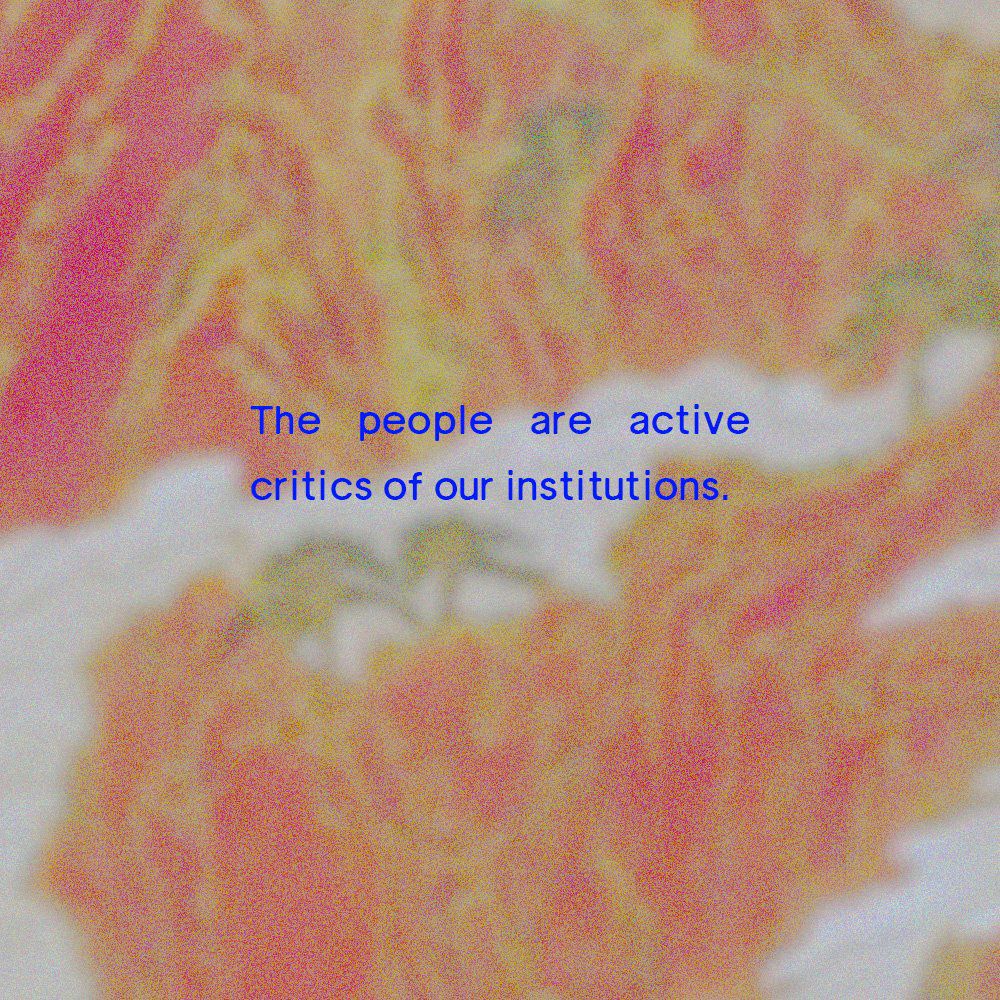
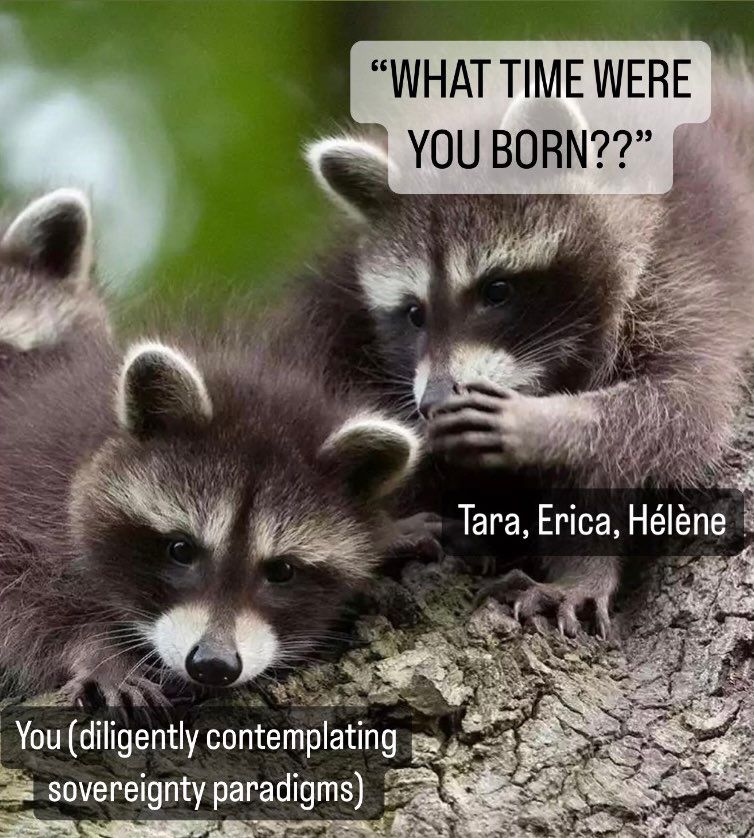
Disassembly Required: Afropessimism & The Limits of a Performative Theory of Assembly
By Nathanael Hency
In the spring of 2015, The Aesthetics and Politics Program at CALARTS welcomed Judith Butler, Maxine Elliot Professor in the Department of Comparative Literature and the Program of Critical Theory at the University of California Berkeley, as its Theorist in Residence. During her tenure, Butler delivered four lectures organized under the heading Demonstrating Precarity: Vulnerability, Embodiment, and Resistance. For the purposes of this post, I will review the archived recording of the first of these lectures titled “From Performativity to Precarity / Acts of Resistance”—a lecture comprised of material that would later be published in the book Notes Toward a Performative Theory of Assembly. She moves quickly through several lines of thought, and I will dedicate the first portion of this post to drawing out key ideas and concepts as I provide a brief summary of its content. Additionally, I will dedicate the latter portion of this post to an analysis of anti-blackness within Butler’s optimistic humanist approach, drawing on the scholarship of Afro-pessimism (Saidiya Hartman, Orlando Patterson, Calvin Warren, and Frank B. Wilderson) to reveal the limits of a performative theory of assembly.
Butler begins the lecture by positing the affective potential of a crowd as both a source of fear and hope. In a move away from her usual optimism, Butler pivots in order to rein in any enthusiasm for the formation of an assembly as democracy in action. “I don’t mean to take away the high,” she interjects, “but I do think that some questions emerge precisely at such moments. Who are these people? How are the people constituted in that moment?” Following Laclau and Mouffe’s notion of the constituted outside—the precondition for any notion of inclusion—Butler notes that when the people appear, so does a population who is not the people. A statement such as “we the people,” Butler claims, “does more than simply name who the people are. That act of delimitation operates according to a performative mode of power that establishes the fundamental problem when democracy even as, or precisely when it furnishes its key term: the people.”
At this point Butler provides definitions for the key terms and concepts she deploys within the lecture: assembly, performativity, and precarity. An assembly forms when “bodies gather as they do to express their indignation or to enact their plural existence in public space…they are demanding to be recognized, to be valued, they are exercising a right to appear, to exercise freedom, the are demanding a livable life, and a grievable life.” Such coordinated and concerted action is performative, even at the pre-discursive level, Butler claims, because it occurs at the site of the bodies that make demands—even if they are not vocalized demands—in the very act of appearing. A third term, precarity is introduced as the condition that brings such a diverse multitude of people, with otherwise potentially or actually antagonistic relations, together. Precarity is “that politically induced condition in which certain populations suffer from failing social and economic networks of support more than others and become differentially exposed to injury, violence, or death.” It is through the pairing of performativity and precarity—disparate and precarious bodies assembling en masse—that Butler attempts to consider “the right to appear” as a coalitional framework.
In consideration of the “right to appear” Butler turns to the question of recognition. She asks the question “Which humans can be recognized as humans?” The concept of human here is not an essential distinction, it is rather a norm produced through a performative act. Because Butler frames both the human as a normative distinction within the realm of the social, it will be helpful to quote her at length her as I will return to this distinction later. Butler states:
There is a field of the human that remains unrecognizable according to dominant norms, but which is obviously recognizable within the epistemic field opened up by counter hegemonic forms of knowing. One can see that, to a certain extent, one has to use language in the wrong way, even commit errors of logic in order precisely to bring out this rupture induced by norms of recognition. After all, one might argue that a human not recognized as human is no human—that would make things easy—then we would not have to refer to them as if they were. But that way of arguing takes the norm for granted, fails to ask how its been installed, at whose expense? Thus only through a critical approach to the norms of recognition can we begin to dismantle those more vicious forms of logic that uphold forms of racism and anthropocentrism. (my emphasis)
In short, Butler has reworked her theory of gender performativity to analyze the appearance of the human as a normative distinction. This allows for a performative mode of resistance, as norms work on bodies to allow or disallow the human to appear, those bodies in turn work on the norm itself. This perpetual re-territorializing is the counterhegemonic mode of resistance and frames democracy, human rights, and freedom as a constant struggle. Contrasting her skeptical tone at the opening of the lecture, Butler closes on an optimistic note, “It may well be that every form of appearance is constituted by its outside, but that is no reason not to continue the struggle. Indeed that is only a reason to continue. The struggle is ongoing.”
Butler’s lecture is comprised of concise and intense fragments, often taking on the effects of a manifesto. Indeed, it is most appropriate that the material that comprises this lecture would be published in process—designated as “notes toward” rather than the end of a thought. As the most prominent theorist of gender performativity, and one of the key philosophers of Occupy and the movement of Squares, it is certainly more than a coincidence that motion in spaces—the intensities of spontaneous and choreographed performance—features so prominently both in title and content. This notion of movement is nimble, allows for room to wiggle, adjust or even reverse course, but to pursue a performative theory of assembly is to chart out a periphery—to set a limit for the emancipatory potential of such a theory. Specifically, at the site of Blackness, performativity “runs aground both in theory and in practice.”[1] In the remainder of this post, I will attempt to reveal the limits of a performative theory of assembly as an liberatory project for Blackness by considering Afro-pessimist critiques of the Human, performativity, and the body.
The politics of recognition—bodies appearing in the public sphere demanding to be included as part of “the people”—has a long history of success from worker protections and union representation to women’s suffrage and the right to vote. The matter of who has the “right to appear” continues to be of vital importance for undocumented and transgender persons, for example, whose experiences in public continue to be dangerous, hostile, and violent (in short: precarious). In Butler’s theorization of precarity, these lives must first be recognized as liveable not only before they can be considered as grievable in death, but also before they can communicate grievances at all.[2] In short, these lives must first be recognized as human life. While Butler concedes that the human is constituted by its outside, and sees this as a reason for ongoing struggle, she maintains that this is a normative distinction rather than a structural necessity. Instead of abandoning the human as a category, Butler puts forth a humanist strategy of recuperation and resolution (what Calvin Warren calls Ethics). Afro-pessimism maintains, however, that this ethical approach to remedying the human covers up the ontological antagonism that constitutes the Human through violence. Warren elucidates this point:
The boundaries of the human are shored-up by this antagonism and without it, the human, and the world within which it lives, would cease to exist. The non-ontology of blackness secures the boundaries of the human; it delimits the coordinates of the human. Blackness is an exclusion that enables ontology. In its exclusion from the realm of ontology, blackness is unthinkable, innominate, and paradoxical. In essence, blackness exists to not exist.[3]
Butler’s ontologies are contingent and constituted through various performative acts. Resistance to the normative gender ontologies, for example, is possible through subversive acts which unmask supposedly natural phenomena as socially constructed. Frank B. Wilderson draws out an important distinction between Butler’s contingent notion of ontology and the non-ontology of Blackness. “There remains an essential difference,” he writes, “a structural irreconcilability, which is to say an antagonism, between a position duped by ‘the appearance of naturalistic necessity’ and a ‘captive body…[whose] condition of being…is defined as a state of determinate negation…[and whose] personhood [is] refigured in the fetishized and fungible terms of the object of property.’”[4] The Human, according to Wilderson, is a structural and positional distinction, and here it is important to note Wilderson’s capitalization of ‘Human.’ Although Wilderson and Butler might agree that the Human is differentially produced, for Wilderson difference is only possible for Whiteness. Blackness’s grammar of suffering is characterized by accumulation and fungibility, and therefore the Human—as a category of difference—is always White. The use of capitalization signifies a diegetic distinction, within this world the Human is not a general and open category, it is foreclosed to Blackness and structurally so.
When considering the politics of “black mothering” and “black gender,” the limits of a performative theory of assembly become more concrete. In The Anti-Black City: Police Terror and Black urban Life in Brazil, Jaime Amparo Alves recounts the stories of Mães de Maio (Mothers of May), a movement of women whose children had been killed by the police. On May 16, 2006 Debora Silva dialed in a radio broadcast only to learn that her son had been killed by the police in São Paulo, Brazil. Edson Rogério Silva had been visiting his mother to celebrate Mother’s Day, and was gunned down at a gas station shortly after leaving Debora’s home. Debora recalls to Alves that during the years of Brazilian dictatorship (1964-1985) white civil society was moved by the death of young middle and upper class political activists, but under the current democratic “regime of rights” these deaths are forgotten “because they are black and from the favelas.”[5] Signification slips, Christina Sharpe points out, when it comes up against the non-symbolic, non-existence of Blackness, “the meaning of child, as it abuts blackness, falls . . . apart.”[6] “The child” and “the criminal” break open and coalesce into an undifferentiated figuration. Additionally, the meaning of mother and womanhood also become meaningless at the site of Blackness, having neither the capacity for reproduction—the reproduction of a child, and by extension, the reproduction of institutions of motherhood, the family, and civil society—nor the capacity to be gendered as the condition of Blackness is one which lacks a body as a site of coherence. This is an important to consider as Butler’s performative theory of assembly relies on the capacity for bodies to appear and assemble—to make demands, and make themselves legible. “The body,” Frank B. Wilderson writes, “is a basic ‘always already’ for Butler…and though it appears in her assessment as the smallest scale of cartographic coherence, it nonetheless appears as—and herein lies the rub!—a capacity for spatiality and temporality possessed universally by all…Africans went into the holds of the ships as bodies and emerged from the holds of those ships as flesh (my emphasis).”[7] Indeed, Alves points out that some mothers (particularly those under Argentina’s dictatorship) took to the public sphere in a struggle to democratize it. Faced with the impossibility of Black motherhood in civil society, however, the Black mothers of the favelas remained unpersuaded of the potential for a politics of recognition, because their children, Debora Silva points out, were “victims of democracy” itself.[8]
At the level of praxis alone, it is already difficult for black people to assemble in the public sphere. Legal histories reveal the targeting of black folks in order to prevent them from appearing in public space including Jim Crow segregation, various forms of apartheid, anti-gang loitering ordinances, stop-and-frisk, police brutality, and mass incarceration. But these phenomenological observations of legal and racial history are preceded at the level of the Symbolic, when the appearance of a Black body within the visual field of the public sphere became the structural impossibility that makes all other appearances possible. “Indeed, bodies are visible and perceptible to the ‘eye,’ Warren writes, “but every seeing, every phenomenal entity must first have a place within the Symbolic before it is comprehensible.” The anti-blackness of Butler’s optimistic humanism becomes evident in her failure to first, locate the event that restored the corporeality of Blackness, and second, recognize the non-Symbolic condition of Blackness as the impossibility that makes all symbolic signification—and all future signification—possible. To paraphrase Wilderson, the Slave can only laugh or weep at the thought of re-signification. In short, Butler fails to address the condition of social death under which bodies do not assemble—rather, flesh accumulates.
As long as Blackness—by its very lack of capacity to appear—provides the condition for all other appearances and recognition in the public sphere, what is to be done? If not the Human, democracy, or performativity what can or should be affirmed? Near the end of her lecture, Butler imagines a proposal from an interlocutor that she deems imprecise. Before declaring that the struggle for Human recognition is a worthwhile struggle even as it perpetually constitutes an outside, she brushes off a move toward the abandonment of the category of the Human altogether. She says, “One might argue that a human not recognized as human is no human—that would make things easy—then we would not have to refer to them as if they were.” Ironically, Butler opens a window onto the (un)thought of Afro-pessimism but fails to dwell in the darkness of its implications. In contrast to the optimism of Butler’s humanist politics, such an analysis calls for something far more radical and far more pessimistic. To accept the structural/positional difference between the Black and the White is to accept the impossibility of Human subjects ever finding common cause with the Black object. This is indeed a radical affirmation because, as Wilderson suggests, the non-black subject has two choices: “They can only become objects, say in the case of John Brown or Marilyn Buck, or further instantiate their subjectivity through modalities of violence (lynching and the prison industrial complex), or through modalities of empathy.” The anti-political project of the former abandons the Human as an affirmative identity, seeks not recognition (which is a structural impossibility for Blackness) but the destruction of the world—the platform upon which the Human appears, is recognized, made legible, and intelligible. What can and should be affirmed? Nothing. Nothing in all of its negative glory. This politics of abolition does not “[aim] to re-center [Whiteness],” K. Aarons writes, “but rather to decenter and multiply the fronts from which the material and symbolic apparatus of Humanity can be destituted.”[9] Radical movements of this kind look less like Occupy, and the movement of Squares and more like recent uprisings of Ferguson, Baltimore, and Oakland; movement toward Nothing, in particular—nothing that can be articulated within the Symbolic order of this world, or charted within the realm of Human possibility. These kinds of movement—eruptions of intensities—take seriously the notion that another world is possible, but also that it remains impossible while this one remains. In short, Blacks cannot travel through this world to reach the next. This world must first be abolished.
[1] Frank B. Wilderson III, Red, White & Black: Cinema and the Structure of U.S. Antagonisms, (Durham, NC: Duke University Press Books, 2010), 311.
[2] Butler, Judith. Precarious Life: The Powers of Mourning and Violence, (London: Verso Books, 2004)
[3] Calvin Warren, Onticide: Afropessimism, Queer Theory, & Ethics. https://illwilleditions.noblogs.org/files/2015/09/Warren-Onticide-Afropessimism-Queer-Theory-and-Ethics-READ.pdf
[4] Wilderson III, Red, White & Black, 312.
[5] Jaime Amparo Alves, The Anti-Black City: Police Terror and Black Urban Life. (Minneapolis: University of Minnesota Press, 2018), 233.
[6] Christina Sharpe, In the Wake: On Blackness and Being. (Durham: Duke University Press, 2016),
[7] Wilderson III, Red, White, & Black, 313.
[8] Alves, The Anti-Black City, 250.
[9] K. Aarons, “No Selves To Abolish: Afropessimism, Anti-Politics and the End of the World” accessed August 25, 2018, http://www.metamute.org/editorial/articles/no-selves-to-abolish-afropessimism-anti-politics-and-end-world.
Nathanael Hency is a graduate student in the Aesthetics & Politics program at CalArts where he is completing a thesis on Crip Pessimism. His interests include crip theory, afropessimism, queer theory, and radical politics—particularly of the post-left persuasion.